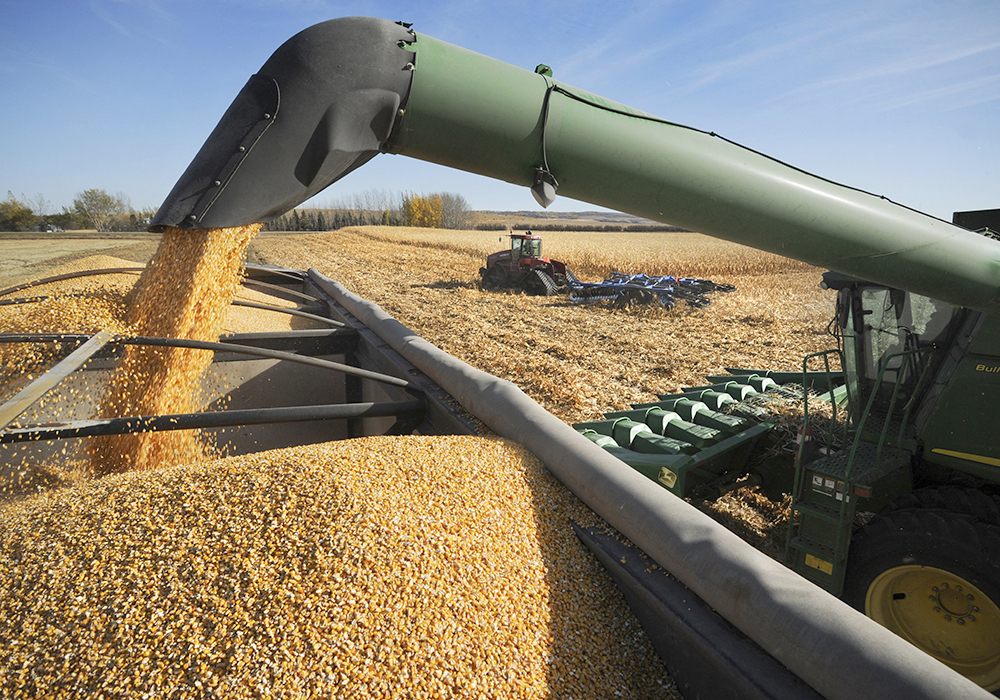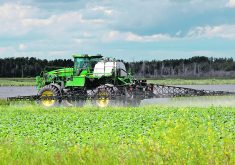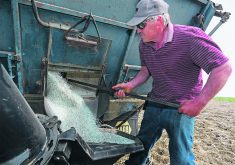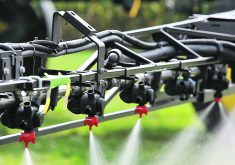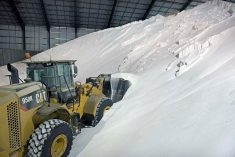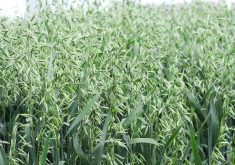An ag risk management specialist argues that ultimately farming isn’t a lot different than other forms of manufacturing
Farmers think farming is unique.
But it ain’t, according to Josh Linville of StoneX, an expert in agricultural risk management.
“Farming is no more than manufacturing, and we make it overly complicated,” said Linville at Manitoba Ag Days.
“I don’t care if you make widgets, iPads, shirts, whatever. That manufacturer is looking at two things: what is the cost of my inputs (and) what’s the (price) of my goods.”
Linville said farmers should be focused on the spread between input costs and output prices and always be trying to protect profitability. Prices on both ends only mean something in terms of the margin they produce, but many farmers get obsessed with “high” or “low” prices regardless of the spread. That’s dangerous for risk management.
Read Also

Phosphate prices to remain high
Phosphate prices are expected to remain elevated, according to Mosaic’s president.
“I know that flat prices are going to lie to me,” said Linville.
“That’s an emotional pull. Flat prices are going to make me emotional one way or the other.”
High or low crop prices can affect whether a farmer is willing to sell or hedge a crop. High or low fertilizer prices have the same impact. But in the end, it’s the spread that matters.
“It is the value. It is the inputs and the outputs.”
Linville said farmers should match input and production values. When making an input purchase, sell some grain. That can apply to fertilizers, seed, fuel, even land or machinery purchases. Grain sales cover the risk of input purchases.
“That’s the hedge-maker.”
Linville sketched out a scenario in which $3.75 corn was more profitable than $7 corn if the price of fertilizer means it takes only 55 bushels per acre to cover the cost, as opposed to 140 bushels. It all depends upon what the price of the fertilizer it took to produce that crop was compared to the grain sales price.
Urea at $200 is a lot easier to cover than $900 urea, even with much lower grain prices.
“At the end of the day, I couldn’t care less if corn is eight dollars or three dollars. I want to spend less bushels (on covering the fertilizer),” he said.
In the end, running a farm is running a production business. It needs to be managed that way.
“You are not farmers. You are CEOs. We need to look at it that way,” said Linville.
“That’s how we keep our heads above water. Don’t be afraid to secure a profit.”


